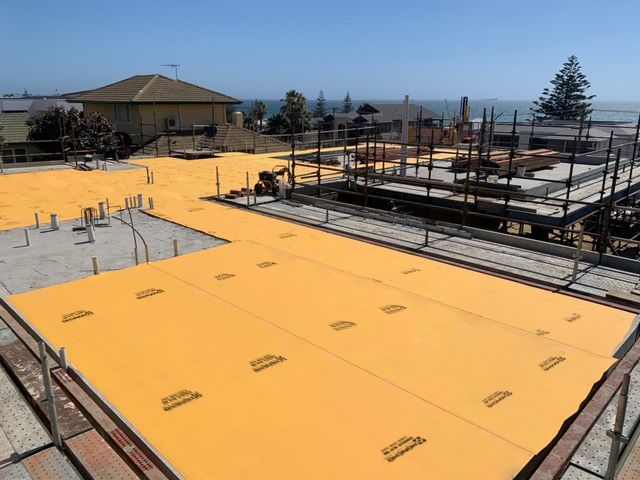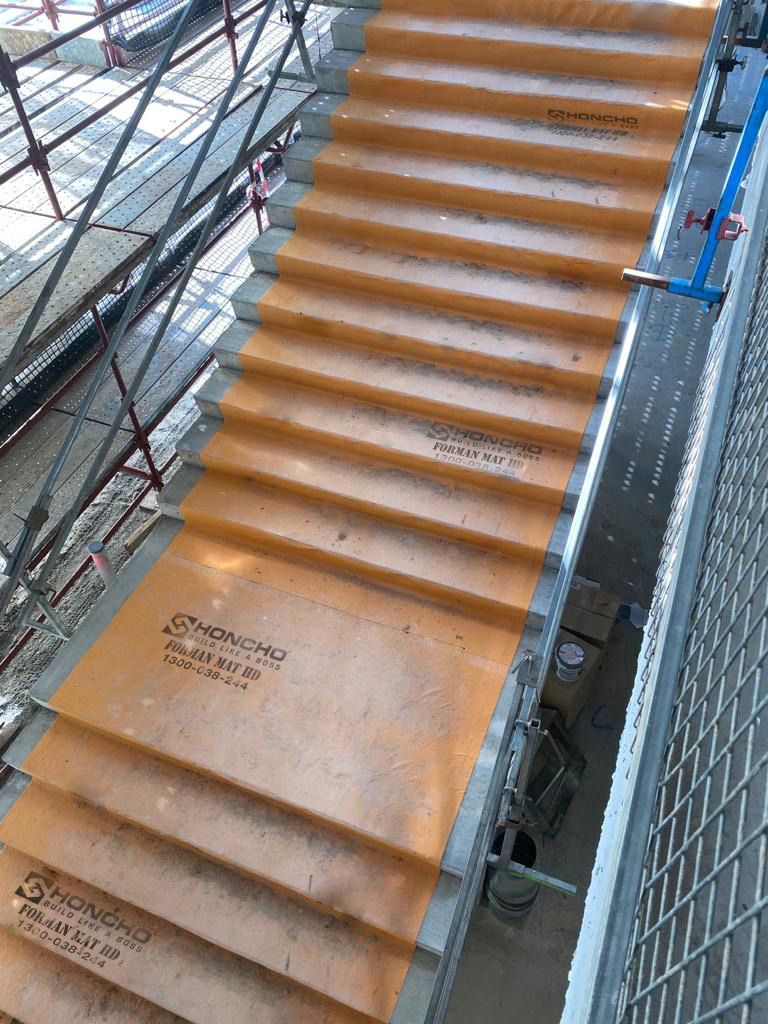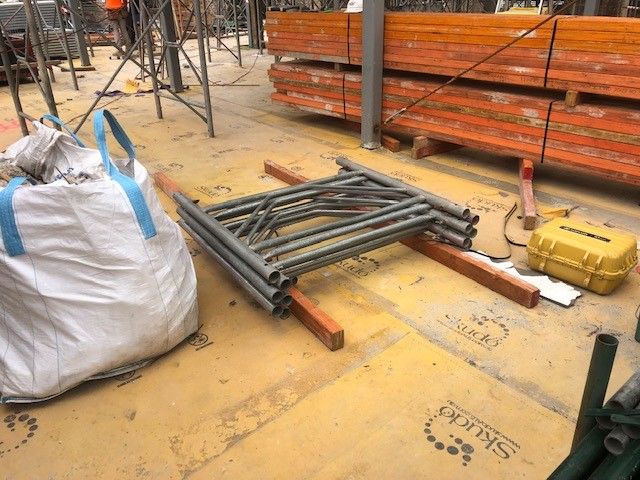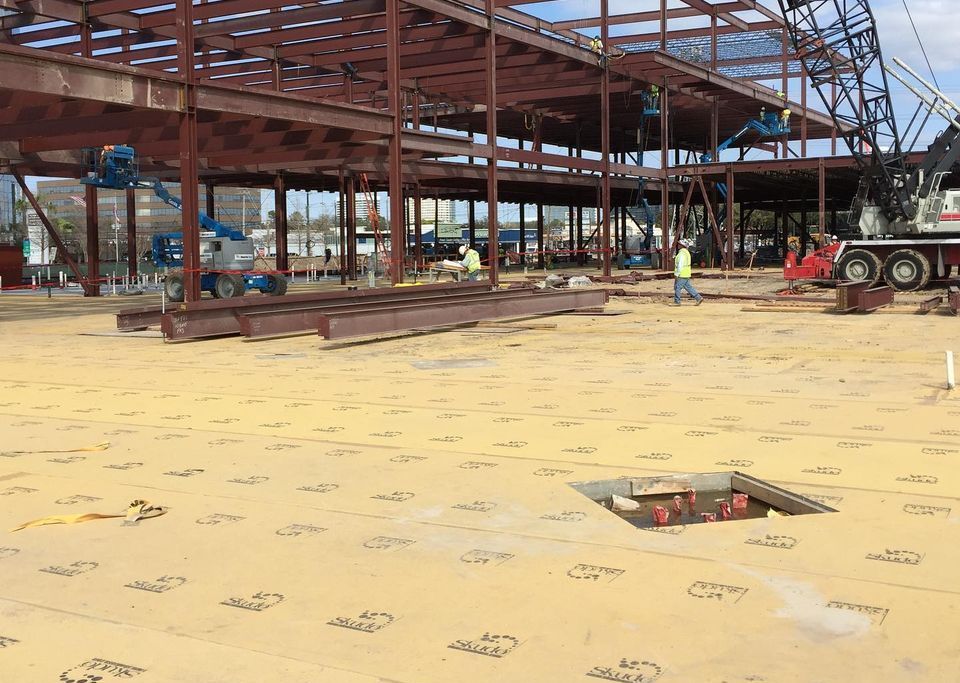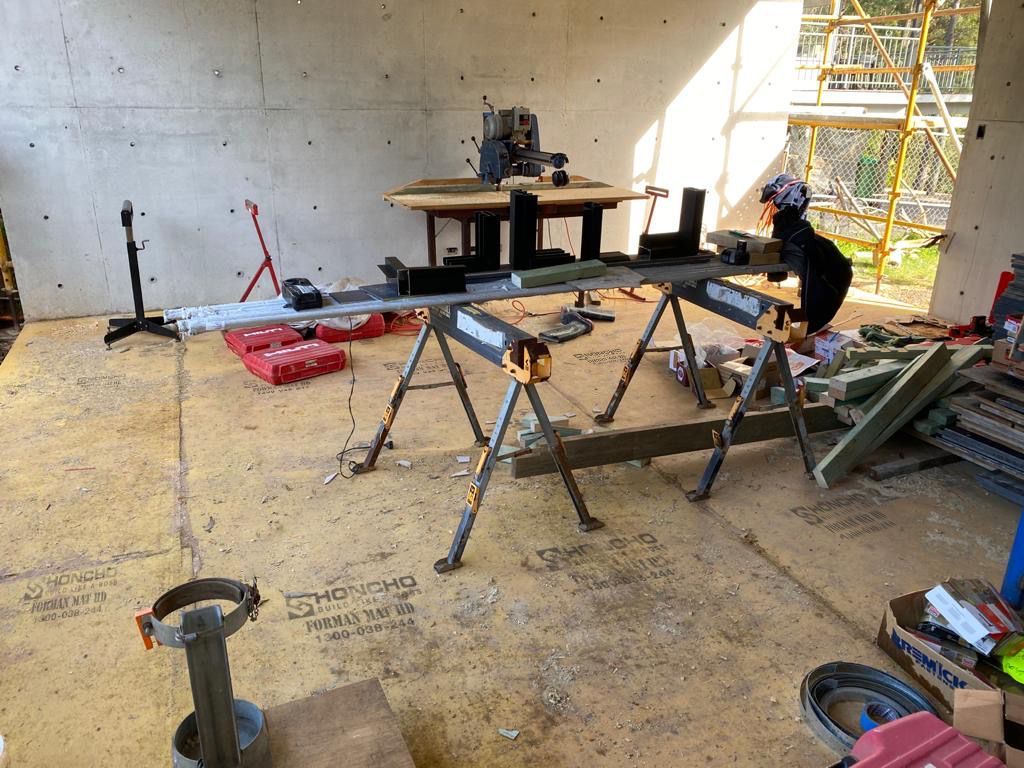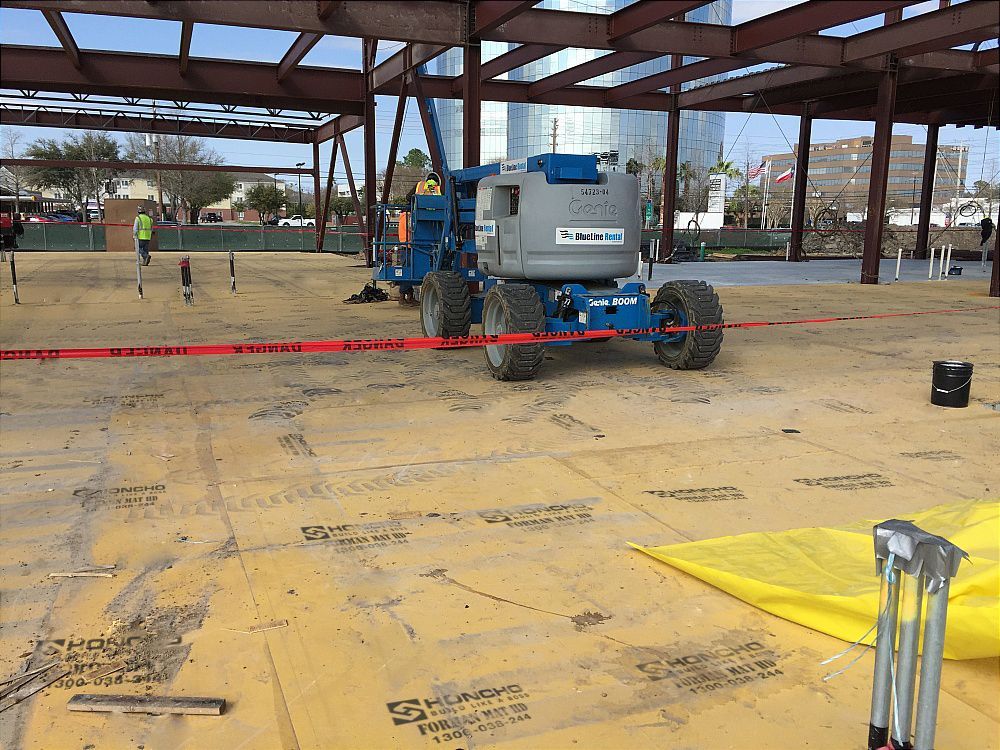One of the most frequent questions we get at Honcho is, “what’s the best way to protect concrete during construction?” Concrete is expensive and unfortunately, relatively easy to damage (stain, scratch or other) and therefore something builders are keen to protect.
Therefore, we thought it might be helpful to put together a guide of general concreting tips that addresses some of the key considerations builders should be across when thinking about concrete slab protection throughout construction. We’ve previously talked about the
importance of slab thickness, types of concrete finishes, and duration of protection, but here we’re going to discuss the location of your slab pouring and environmental factors that are important to consider:
